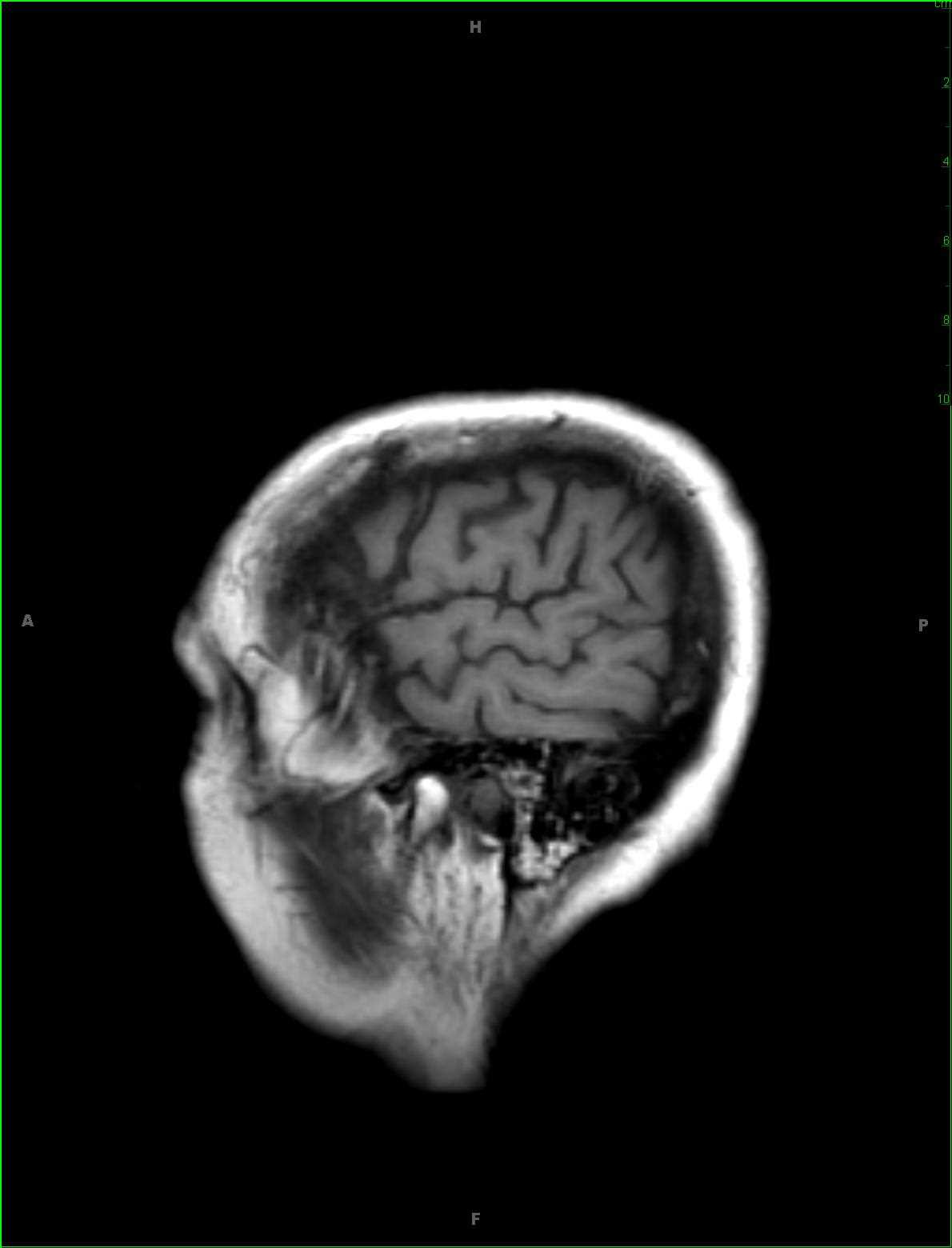

This removes one of the most problematic obstructions to the middle ear being able to drain and the results are quite often realised in significant relief for the child. When a physician decides that a surgical intervention may be necessary to help a child who is suffering from chronic ear infections, they may want to remove the adenoids as part of that. This can happen over and over again, as the physiological characteristics are there to make it a persistent problem. It can become agonising, eventually tearing through the eardrum and draining out the exterior of the ear. This means that, if the child has a middle ear infection, the fluid really has nowhere to go and the pressure builds and builds. The adenoids are located in close proximity to the eustachian tubes.Īs the adenoid swell, they tend to obstruct the eustachian tubes. Of course, because this happens during the transition to adulthood, it means that, during childhood, our eustachian tubes are relatively horizontal and our adenoids are much larger. Our eustachian tubes also become more vertical, making it easier for fluid to drain. They play important roles in regulating pressure in the ear and, importantly where ear-infections are concerned, providing a means of draining fluid out of the earĪs we reach adulthood, our adenoids shrink to the point where they are almost completely gone. Near the back of your throat, high up and behind the nasal passages, a pair of tubes run to your middle ear. Another problem they cause plays a more significant role in their relationship to ear infections, however. When the adenoids swell, even if there isn’t an ear infection present at the time, the child may notice the following symptoms:Īs the adenoids swell, they tend to obstruct the breathing passageways, causing the above-mentioned problems. In a child, the adenoids are relatively larger than they are in adults and they are more active, as well. Particularly in a child, the adenoids can cause an obstruction that can lead to or exacerbate middle ear infections.

It is that swelling that causes the problems with ear infections. When they do become infected, or when they are simply inflamed, they can swell. Unfortunately, this means that, like the tonsils, the adenoids are particularly vulnerable to becoming infected. The adenoids are generally believed to help with the immune system. If you could see them, however, you would see that they have much in common with tonsils. They are above the soft palate and, if you were to look into someone’s mouth, they would not be visible. What Are Adenoids?Īdenoids are located near the back of the nose.

This article provides general information about the adenoid and why the adenoid sometimes needs to be removed to help treat ear infections. An adenoidectomy is sometimes performed at the same time as a tonsillectomy or during a procedure in which ear tubes are inserted.īecause we cannot see them, most of us are probably not aware of the location of the adenoids, their role in the body and why they sometimes need to be removed to lessen the severity and frequency of ear infections. If you have a child who suffers from chronic ear infections, your physician may recommend that the child have their adenoids removed.


 0 kommentar(er)
0 kommentar(er)
